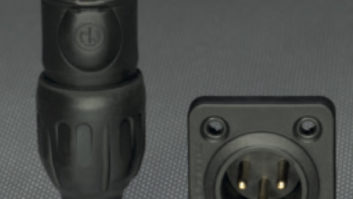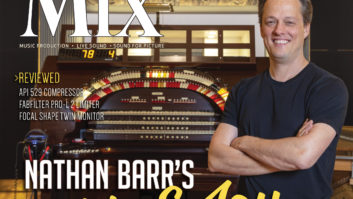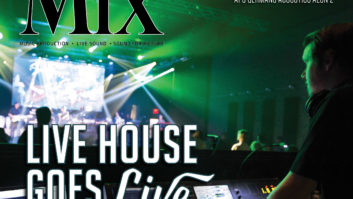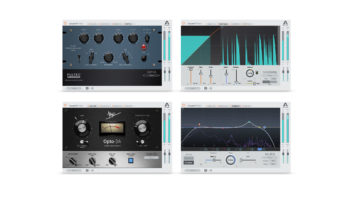Mike Levine: Mix Technology Editor, Studio
Yo, Merge This! Back when the iPhone first came out and music apps started appearing, I was actually quite enthused about the idea of music produced with a mobile device. I downloaded all manner of music apps and followed the various developments such as the introductions of Audiobus and Inter-App Audio. I wrote articles about mobile music production and enjoyed messing around with synth apps like Jordan Rudess’ MorphWhiz and Korg’s various remakes of its classic synths.
I experimented with recording on my iPad or iPhone into GarageBand and was thrilled when the Cubasis app, an actual professional-level DAW, was released on iOS. I also loved the way you could use apps from different developers in tandem, and I generally thought the whole iOS music thing was going to be just ducky.
Related: With Cubasis 2.3, Waves Is Now Available on iOS, Nov. 28, 2017
But after a while, the novelty wore off…
When it comes to music production, I’m sticking with my laptop. Would it be cool to be able to do remote multitrack sessions on my mobile device as easily as I can from my MacBook Pro? Sure. But until the former proves itself equal or better to the latter, I’m not switching. I’m glad that Apple has, at least for now, put the brakes on merging iOS and Mac OS.
Conjuring Up a Dead Session: I had an interesting lesson this week in why it’s important to do more than just hit Save—or even hit Save and make a backup—when you’re finished with a DAW session. I got an email from the producer at a music library that I have placed compositions with, asking whether I had access to a session from 2011 for a piece I’d written for them. Apparently, one of their clients asked for stems from this particular composition, and all they had was a full mix. The producer told me that several years ago, long after I’d submitted tracks to them, the music company had instituted a policy requiring composers to include stems and alternate mixes. Back then, they just required a full mix.
When I initially got the email, I wasn’t even sure I still had the session file, but I did a search on my hard drive, and lo and behold, it was still there…However, when I opened the session, I discovered a couple of problems. First, even though there was a massive list of files in the audio files folder, DP was telling me that they weren’t there and I needed to locate them. Getting that resolved could definitely slow me down…
Steve La Cerra: Mix Technology Editor, Live
Where’s My Rack? The amount of processing that’s built into digital consoles these days is staggering. If you look at even the most inexpensive digital mixer, you’ll find EQ, dynamics and filters on every input channel (and probably every output). You’re also likely to find patchable graphic EQs that can be dropped into any output bus. Add to that a plethora of reverb, delay and modulation effects, plus time delay for alignment on the outputs, and you’ve got a lot of muscle in a small box. No matter how much processing may be included, audio engineers want more—and the ability to use their favorite processing that might not necessarily be included on the desk. Where’s my DeltaLab Effectron?
That’s why it’s interesting to see that Universal Audio recently started shipping its UAD-2 Live Rack. The Live Rack is essentially an outboard effects processor that interfaces with any MADI-equipped console. It hosts UAD plug-ins and can process 16 channels… The important point of the Live Rack is that you can carry it with you and use it with any console that has MADI I/O. A Live Rack app manages the effects under Mac OS.
Similar in concept (and arguably the first of the kind) is the Waves SoundGrid system. SoundGrid is actually a network that offloads effects processing to a DSP server so your computer doesn’t have to do the work. SoundGrid interfaces come in a variety of I/O configurations, including MADI, analog I/O, a Dante network bridge, and expansion cards designed for specific consoles.
Want more stories like this? Subscribe to our newsletter and get it delivered right to your inbox.
What we’re seeing is a re-boot of the analog days. Engineers who didn’t have the luxury of touring with consoles sometimes had the ability to bring a processing rack on the road with them, providing some consistency among the ever-changing gear they encountered on a nightly basis. Hardware processors weigh a lot, require cable looms, and can get cranky with age—not to mention the fact that you’d be out of your mind to travel with, say, a real Pultec for the lead vocal channel. Systems like the UAD-2 Live Rack and Waves SoundGrid allow us to travel with pretty impressive emulations of that gear, while eliminating much of the worry.
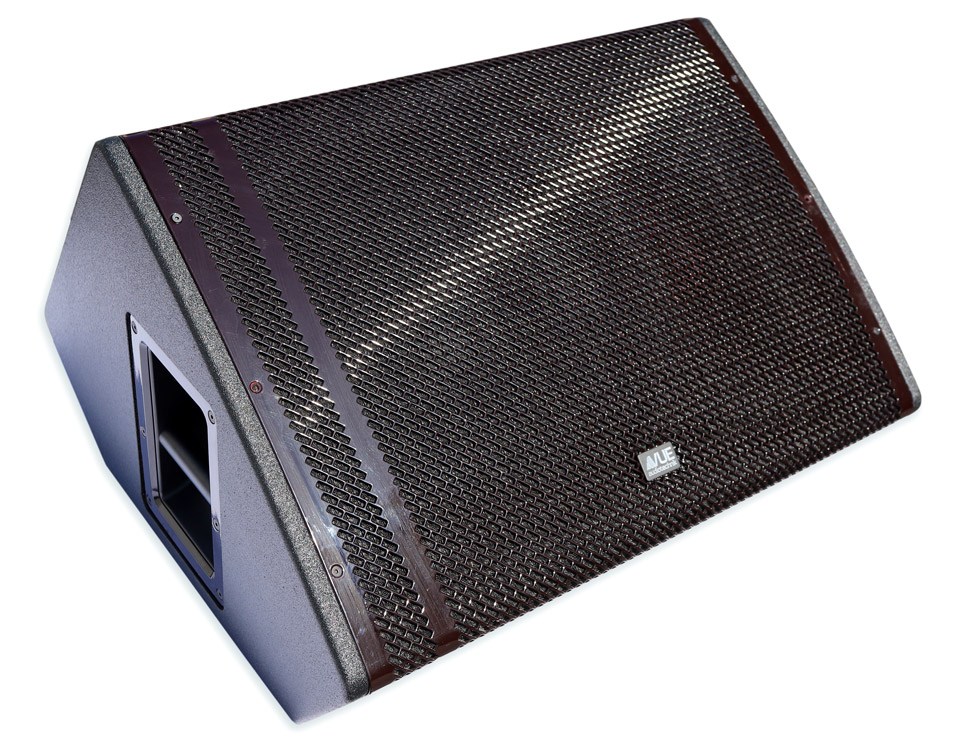
Product of the Month: VUE Audiotechnik hm-115 High Definition Stage Monitoring System Joining VUE Audiotechnik’s well-established hm-Class of high-def stage monitors, the new hm-115 features a 15-inch low-frequency transducer and an HF compression driver with a 4-inch voice coil and VUE’s proprietary Truextent beryllium diaphragm. Engineered by VUE’s Design Chief Mike Adams, the hm-115 fits into the hm Class between the hm-112 and hm-212, and is recommended for applications requiring low-frequency extension in a compact enclosure. The hm-115’s low-profile cabinet is constructed of birch ply with a 12-layer Dura-Coat LX finish for durability.
